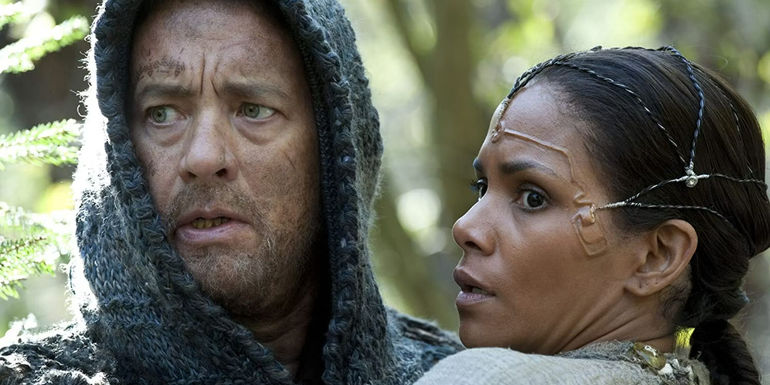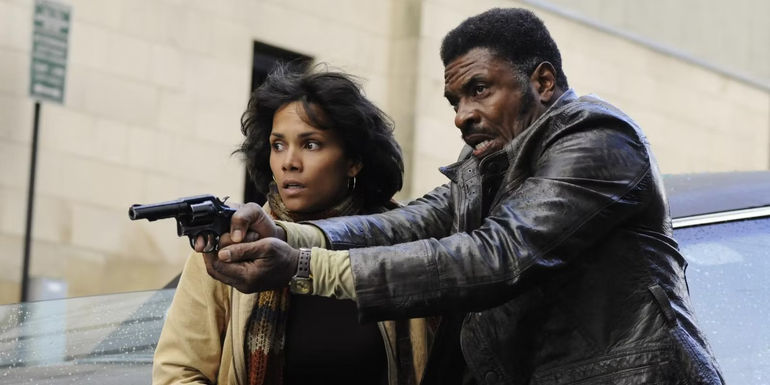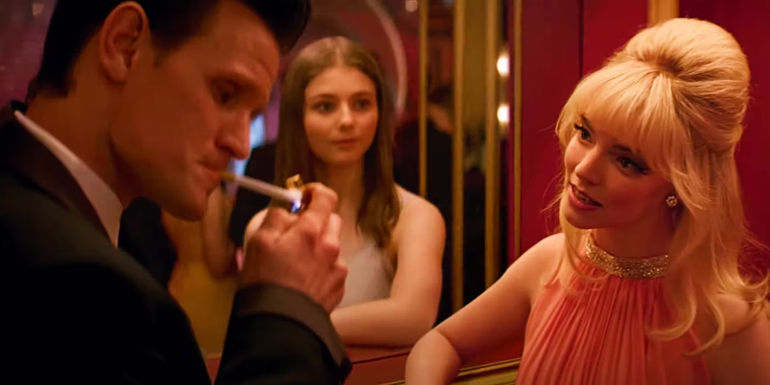
The Art of Non-Linear Narratives in Cinema

Exploring the captivating world of non-linear narratives in movies and the innovative storytelling techniques used by directors and writers to create intriguing and thought-provoking cinematic experiences.
Introduction to Non-Linear Narratives
Non-linear movies have the unique ability to play with time in ways that challenge traditional storytelling structures. These narratives expertly weave together the past, present, and future, creating a complex and multi-layered storytelling experience for the audience.
An image of Halle Berry and Tom Hanks hugging in Cloud Atlas
While flashbacks are a common tool for constructing non-linear narratives, the concept goes far beyond simple chronological disruptions. Some movies compare seemingly unrelated events to demonstrate the significance of recurring patterns and themes throughout history, while others intentionally blur the lines between past and present, adding an element of mystery and intrigue to the storytelling. Characters dealing with amnesia or memory loss are also common elements in non-linear movies, adding an extra layer of complexity to the narrative.
Introduction to Non-Linear Narratives
Exploring Iconic Non-Linear Films
Cloud Atlas, directed by the Wachowski sisters, presents a complex and interwoven narrative that spans across centuries, featuring multiple characters, locations, and timelines. The story unfolds through five interconnected narratives, showcasing the interdependence of characters across different time periods. Noteworthy actors, including Tom Hanks and Halle Berry, take on various roles, adding depth to the non-linear storytelling experience.
Cloud Atlas Keith David Halle Berry
David Lynch's Mulholland Drive follows the journey of an aspiring actress helping a woman with amnesia piece together the events surrounding a car crash. The film's non-linear structure and ambiguous ending create a sense of mystery and intrigue, challenging the audience to interpret the timeline of events.
Diane and Rita at a movie theater together in Mulholland Drive
Orson Welles' Citizen Kane is hailed as one of the pioneering non-linear films, using flashbacks from multiple perspectives to unravel the life of the reclusive publisher Charles Foster Kane. The movie's innovative storytelling techniques, including unreliable narrators and twist endings, have cemented its status as a groundbreaking non-linear narrative in cinema history.
Still from Citizen Kane of Orson Welles leaning forward and talking
Modern Non-Linear Masterpieces
Last Night In Soho, released in 2021, intertwines the narratives of two characters from different time periods, creating a haunting and visually stunning non-linear experience. The film's use of overlapping timelines and shocking revelations showcases the continued evolution of non-linear storytelling in contemporary cinema.
last night in soho trailer (1)
Eternal Sunshine Of The Spotless Mind, starring Jim Carrey and Kate Winslet, delves into the complexities of memory and relationships through its non-linear narrative structure. The film's unique approach to depicting the fragmentation of a romantic relationship through non-chronological flashbacks has solidified its place as a modern non-linear masterpiece.
Kate Winslet and Jim Carrey in Eternal Sunshine Of The Spotless Mind
Glass Onion, the sequel to Knives Out, takes a bold approach to non-linear storytelling, resetting its narrative midway to reveal new perspectives and truths. The film's inventive use of non-linear narrative techniques sets the stage for a captivating and unpredictable viewing experience, challenging the conventions of traditional storytelling in the whodunit genre.
Daniel Craig as Benoit Blanc looking puzzled outdoors on an island in Glass Onion A Knives Out Mystery
The Intriguing World of Non-Linear Narratives
From the mind-bending complexities of Memento to the mind-blowing revelations of Arrival, non-linear narratives continue to captivate audiences with their innovative and thought-provoking storytelling techniques. These films challenge the audience to engage with the story on a deeper level, unraveling the complexities of time, memory, and human experience through non-linear storytelling.
Guy Pearce holding a Polaroid in Memento
Pulp Fiction, a quintessential non-linear crime drama directed by Quentin Tarantino, defies traditional narrative structures, presenting multiple interconnected storylines out of chronological order. The film's iconic use of non-linear storytelling techniques, combined with Tarantino's signature wit and style, has solidified its place as a groundbreaking example of non-linear cinema.
John Travolta and Samuel L Jackson pointing guns in Pulp Fiction























